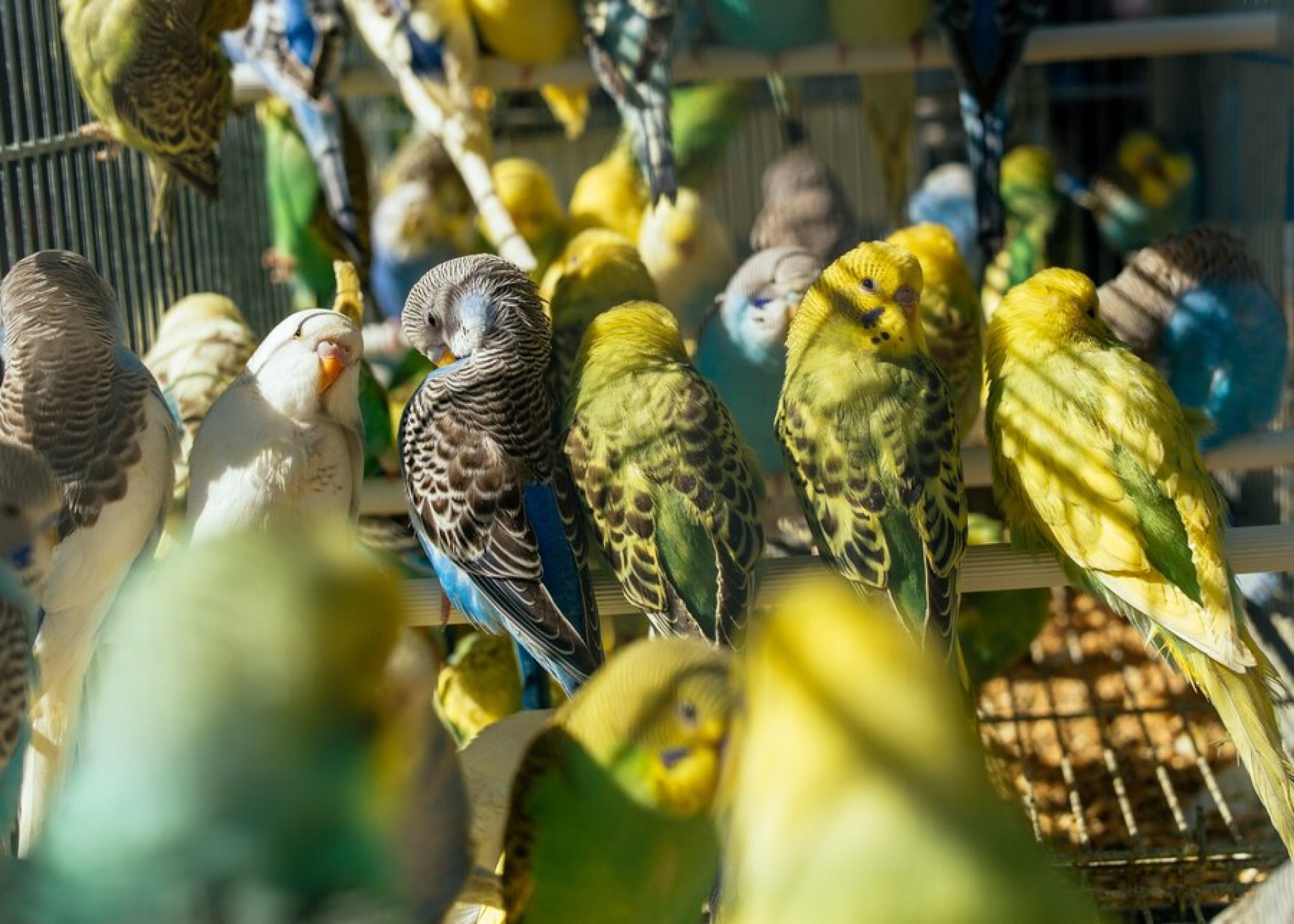How to care for a Parakeet/Budgie

1. Housing
Parakeet/Budgie is a medium-sized bird that requires space to move and fly. Choose a cage that is sufficiently large to allow the bird to stretch its wings and move freely. The cage should be made of sturdy materials like metal or durable plastic. It should also have multiple perches at different levels for climbing and perching.
Place the cage in a well-lit area with good ventilation, avoiding direct heat sources or excessive sunlight, as this could cause stress or discomfort to the bird.
2. Suitable Diet
The Parakeet/Budgie requires a nutritious diet, including:
- Seeds such as sunflower seeds, pumpkin seeds, and pepper seeds
- Fresh fruits like apples, bananas, and oranges
- Fresh vegetables like kale, spinach, and lettuce
- Pellet food for parrots to ensure a balanced intake of nutrients
- Additionally, provide calcium supplements to support strong bones and vitamins as recommended by your veterinarian.
3. Health Care
Regular health check-ups with an avian veterinarian are essential for the Parakeet/Budgie. Check for signs of illness, such as abnormal feather loss, lethargy, or skin issues. It is important to keep an eye on the bird's feathers and claws for any signs of abnormalities.
Regular bathing and exercise are important to maintain the bird's physical health and reduce stress.
4. Bonding and Interaction
The Parakeet/Budgie is a highly intelligent bird that thrives on interaction with its owner. It needs daily training and engagement. Simple commands such as "Hello" or "Goodbye" can be taught through consistent practice. Spend time playing with the bird every day, and let it out of the cage for 2-3 hours of exercise. This will help the bird feel more relaxed and provide the opportunity for physical activity and freedom.


